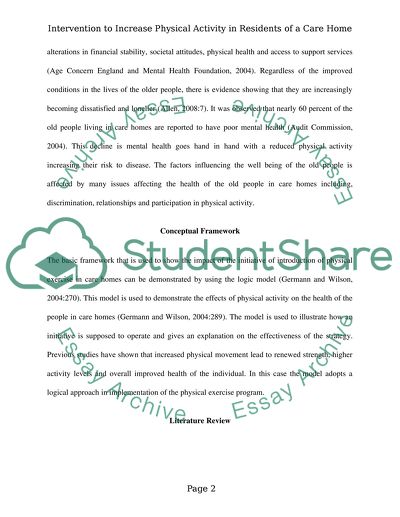Cite this document
(“Intervention to increase physical activity in residents of a care home Essay”, n.d.)
Retrieved from https://studentshare.org/psychology/1475135-intervention-to-increase-physical-activity-in
Retrieved from https://studentshare.org/psychology/1475135-intervention-to-increase-physical-activity-in
(Intervention to Increase Physical Activity in Residents of a Care Home Essay)
https://studentshare.org/psychology/1475135-intervention-to-increase-physical-activity-in.
https://studentshare.org/psychology/1475135-intervention-to-increase-physical-activity-in.
“Intervention to Increase Physical Activity in Residents of a Care Home Essay”, n.d. https://studentshare.org/psychology/1475135-intervention-to-increase-physical-activity-in.


